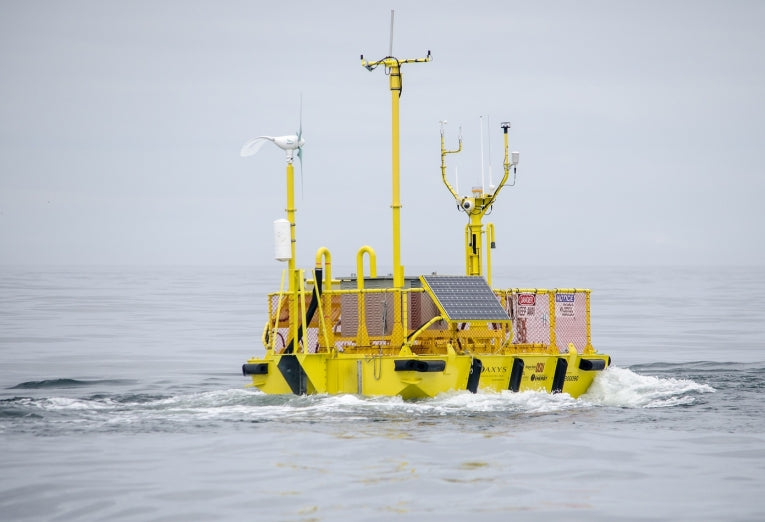A new test centre for public wave energy has been launched in America.
The $1.5million Ocean Sentinel, off the Oregon coast, is among just a few centres in the US that tests new public wave energy technology from industry or academia.
The first device to be tested, a WetNZ that has been developed by private industry, will be within the first few days of the centre opening.
The Newport test facility has been set up by Oregon State University's Northwest National Marine Renewable Energy Center (NNMREC).
The much-needed mobile unit will also be used to measure and learn more about wave resources and examine wave energy production and other vital matters.
Wave energy technology is still relatively new. It uses large buoys that move up and down on the waves, or similar methods to produce sustainable electricity.
NNMREC's ocean test facilities manager, Sean Moran, says, "The Ocean Sentinel will provide a standardized, accurate system to compare various wave energy technologies, including systems that may be better for one type of wave situation or another.
"We have to find out more about which technologies work best, in what conditions, and what environmental impacts there may be.
"We're not assuming anything. We're first trying to answer the question, 'Is this a good idea or not?' And if some technology doesn't work as well, we want to find that out quickly, and cheaply, and the Ocean Sentinel will help us do that."
The Ocean Sentinel can test and measure the amplitude of waves, energy output, ocean currents, the speed of the wind and more.
It is thought that no single technology will dominate wave power generation. Some get better results with flatter waves and others need rough seas, says Mr Moran.
"We're still trying to figure out what will happen when some of these devices have to stand up to 50-foot waves. The ocean environment is very challenging, especially off Oregon where we have such a powerful wave energy resource."
The area in which the Ocean Sentinel operates, a one-square mile patch around two miles northwest of Yaquina Head has been specially selected for its physical aspects as well as local biology.
A major element of the marine centre's program is to study possible environmental factors from variations in acoustics, electromagnetic fields, differences in marine life, sediment and more.
It will also promote research, public outreach and education. In August hearings have been planned to discuss whether a new $8million testing facility - the Pacific Marine Energy Center - should be built at Newport, Coos Bay, Reedsport, or Camp Rilea, close to Warrenton. The grid-connected center would expand the work of the Ocean Sentinel.










